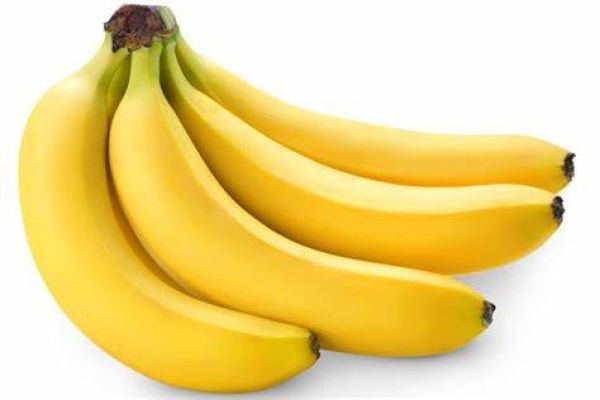Bananas often seem to ripen too quickly, going from green to brown before you have a chance to enjoy them. However, one simple adjustment can help extend their freshness by up to two weeks.
Bananas are a staple in many kitchens, offering a quick snack or breakfast option. But improper storage can quickly turn them from firm to mushy. While it might seem convenient to store them in a fruit bowl, this is actually the least ideal spot. Understanding the best storage method can help prolong their shelf life.
Most fruits emit ethylene gas, a plant hormone that accelerates the ripening process. When stored together, this gas builds up, causing all the fruits to ripen—and spoil—faster. Bananas, in particular, produce a large amount of ethylene gas, which explains why they often spoil first. To prevent this, they should be kept away from other ethylene-sensitive fruits, such as apples, avocados, melons, peaches, and plums.
According to Rachel Sherwood, chef and founder of Impressions At Home, the key to extending banana freshness is refrigeration. “The more yellow you see, the riper the banana is. Once bananas are ripe, place them in the produce drawer of your refrigerator,” she advises. “Refrigeration slows the ripening process considerably but does not stop it. The peel will continue to turn brown, but the fruit will stay fresh and firm for one to two weeks” (Sherwood, 2023).
There’s a common misconception that bananas shouldn’t be stored in the fridge because the cold causes their peel to turn black. While the peel may darken, the fruit inside remains fresh, making it perfectly edible for a longer period. However, only yellow, ripe bananas should be refrigerated, as green bananas will not ripen properly in cold temperatures, potentially leading to a loss of flavor.
Sherwood also suggests that green bananas be kept at room temperature to ripen slowly. To speed up the ripening process, she recommends placing them in a brown paper bag, along with an apple or tomato, which will increase the ethylene concentration and quicken ripening.
If your banana is just starting to turn brown on the countertop, it can still be placed in the fridge or even frozen for future use in smoothies or banana bread. However, bananas that are completely brown should not be refrigerated, as this will make the peel mushy. That said, they are still great for baking purposes. “If the banana has more brown or black than yellow on the peel, then it is overripe and can still be used perfectly in baking applications,” Sherwood notes.
The best approach to storing bananas is to let them ripen on the kitchen counter, away from other fruits, and transfer them to the fridge once they turn yellow. This method can keep them fresh for up to two weeks longer (Sherwood, 2023).
Source: Rachel Sherwood, founder of Impressions At Home, 2023.








